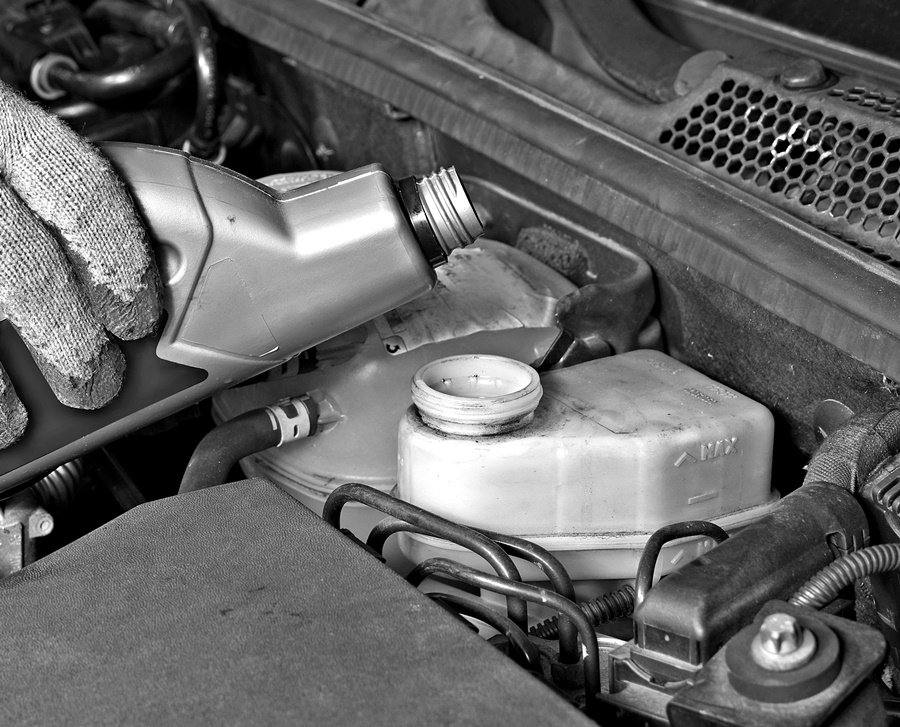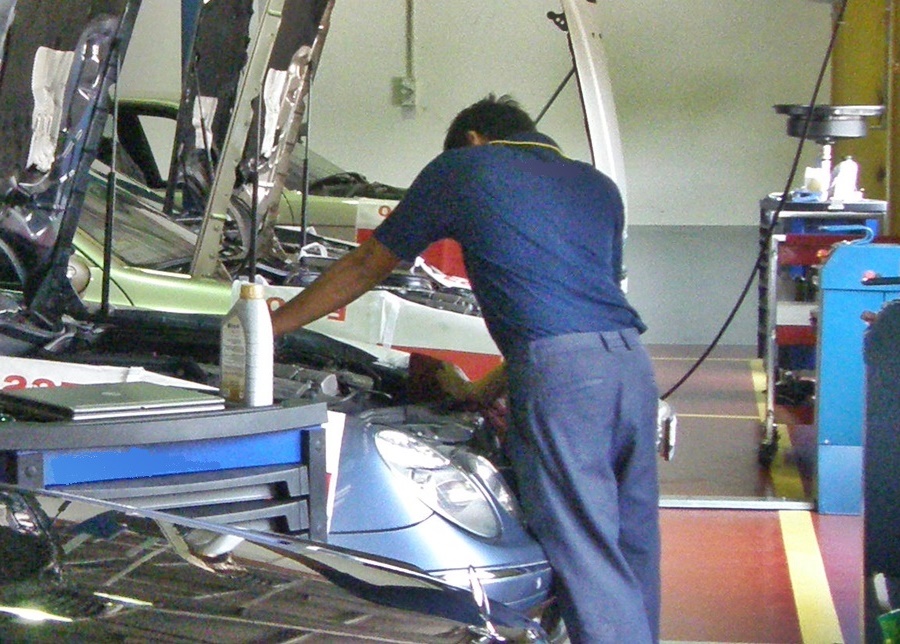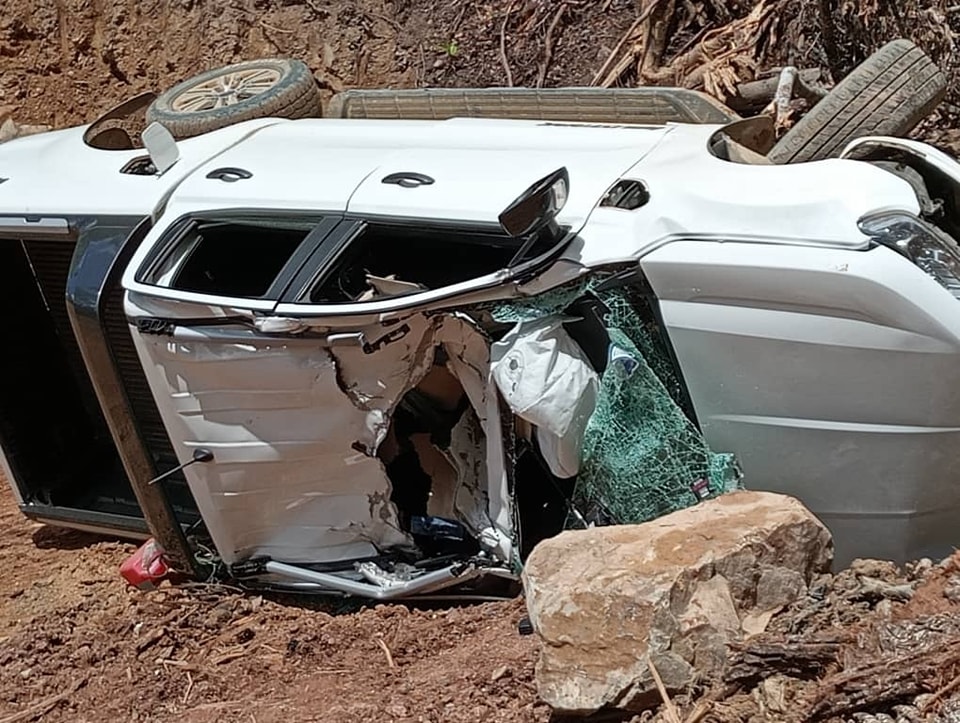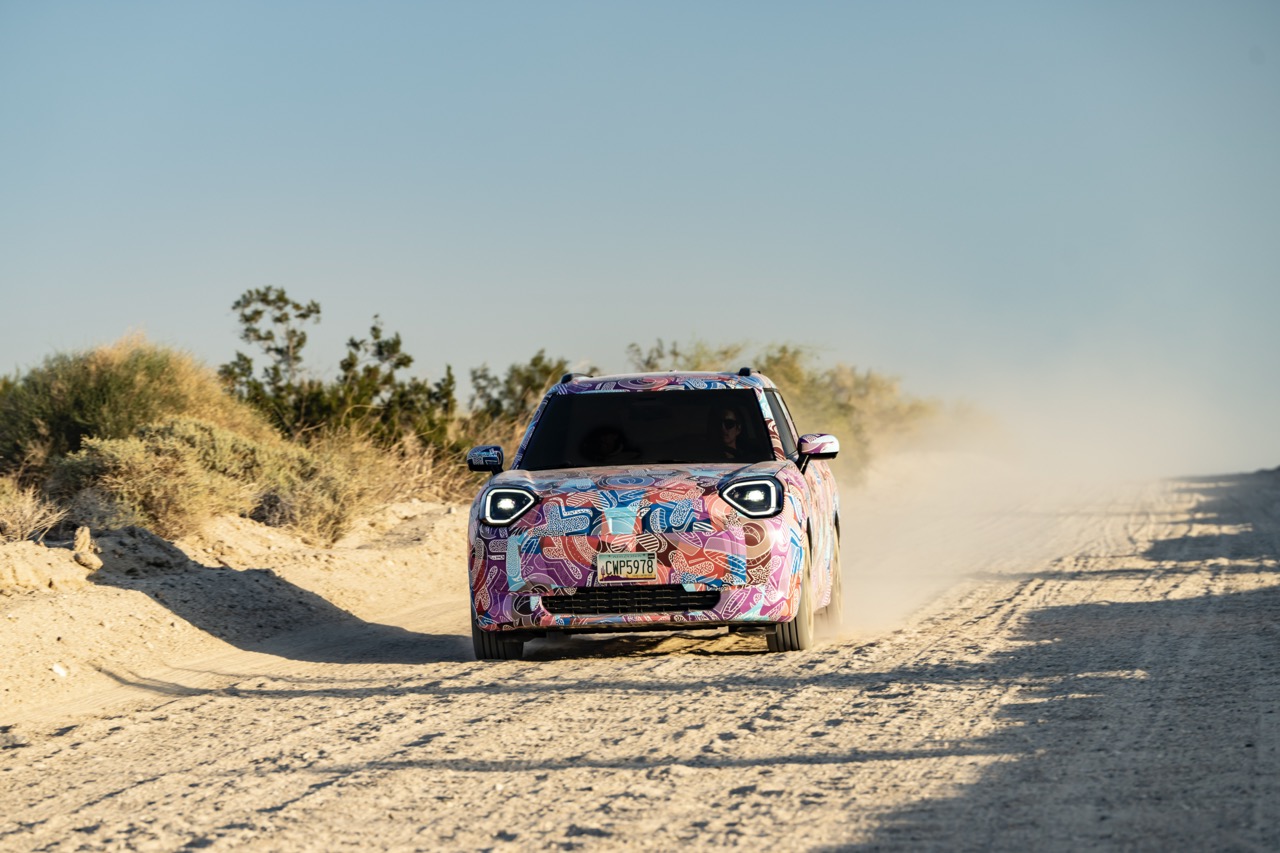There are different fluids flowing around in a car, each having a function that is important. Engine oil is perhaps the most important as it is like the blood in your body. It circulates to not only protect engine parts and reduce friction but carries away particles to the oil filter. Fluid in the cooling system is also vital as it carries away the heat generated by the temperature to the radiator where it is transferred into the air blowing through.
There’s also the fluid for the automatic transmission and we should not forget fuel, which is also a very important fluid as the engine will not run without it! But one fluid which is usually overlooked is the brake fluid and it is, from the safety point of view, especially important.
Water is the enemy of brake fluid
Brake fluid, as its name indicates, it ensures the brakes can function properly. Like any fluid poured into the engine, it is at its best when new. However, its properties and quality will change over time. Part of the reason is that brake fluid is hygroscopic and that means it absorbs water.
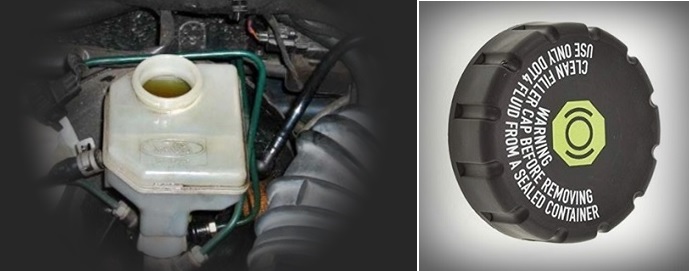
The moment you open the can or bottle, it will already start absorbing moisture though not in big amounts. But over time, the fluid will draw moisture through the microscopic holes in rubber hoses and seals. There is also a ventilation hole to allow atmospheric pressure to balance fluctuating brake fluid levels and this too allows moisture to seep into the system. So don’t think that even though it is in a ‘sealed’ system, it is airtight.
As the amount of water in the brake fluid increases, it affects performance, in particular the boiling point which will become lower. The boiling point varies, depending on the designation of the fluid which is usually based on the standards established by the US Department of Transportation (DOT). There are 6 designations (DOT 1 to DOT 5.1), with the one having the bigger number able to perform in more extreme conditions where operating temperatures are higher. However, DOT 5.1 is for more specialised and high-performance vehicles as it has a different composition.
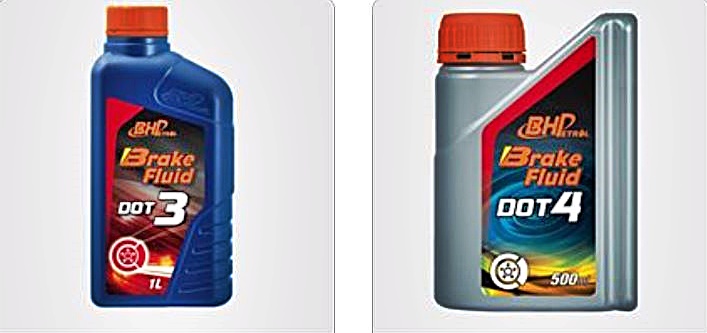
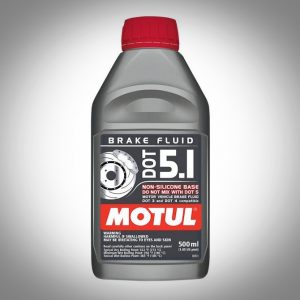
Which type is used for your car will be mentioned in the Owner’s Manual and it would be recommended based on the anticipated usage conditions. If you are uncertain, you can consult the service centre which should have the information or ask a reputable brake fluid manufacturer. DOT and DOT4 are usually recommended and the difference in the boiling point between the two is that dry boiling point DOT4 is 230 degrees C. and 25 degrees C. higher than DOT3 (which costs a bit less).
There is also a wet boiling point and this refers to the fluid’s boiling point when it has already absorbed water. For DOT3, it can drop to 140 degrees C. while for DOT4, it is 155 degrees C. Naturally, you want the highest boiling point so that the fluid can handle more heat which is generated whenever the brake system is used. So, where possible, using DOT4 would be best but always refer to what the car’s manufacturer recommends.
When to replace?
Like engine oil, brake fluid doesn’t last forever and needs to be replaced. The intervals will be mentioned in the Owner’s Manual but if you have an old car and no manual to refer to, it is recommended that you change the fluid every 50,000 kms. However, you might also top up as the level drops when the brake pads wear out.
The procedure for replacing brake fluid is not complicated but it is better done by a mechanic at a workshop who will have the correct tools and equipment. The old fluid has to be flushed out of the system before the fresh new one is poured in. Handling of the fluid must be done carefully as it is corrosive and can damage paintwork.
Then there is the all-important ‘bleeding’ process to ensure that air bubbles do not form in the system. The bleeding is like a venting process and allows any bubbles to come out and then the system is sealed. If bubbles are in the system, it can be very dangerous because they create a ‘gap’ in the fluid; when you press on the brake pedal, this air gap compresses but the force is not transmitted. The result is that the pedal might suddenly feel ‘dead’ and go to the floor, and there is no braking occurring – which might cause an accident.


